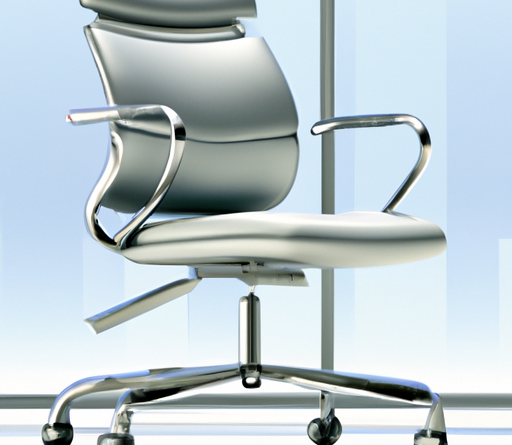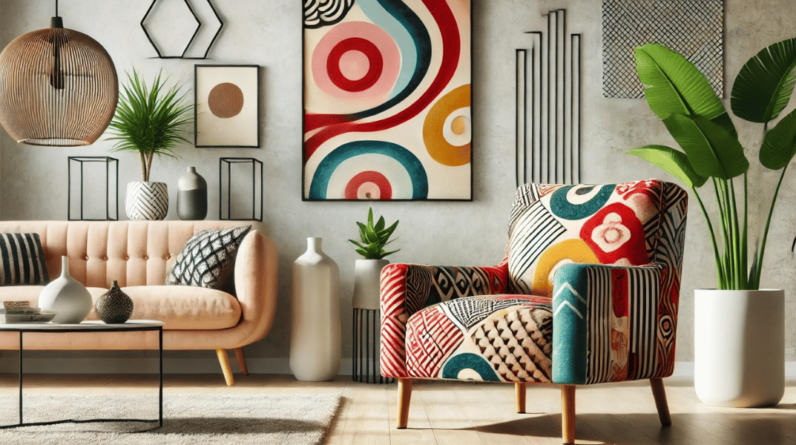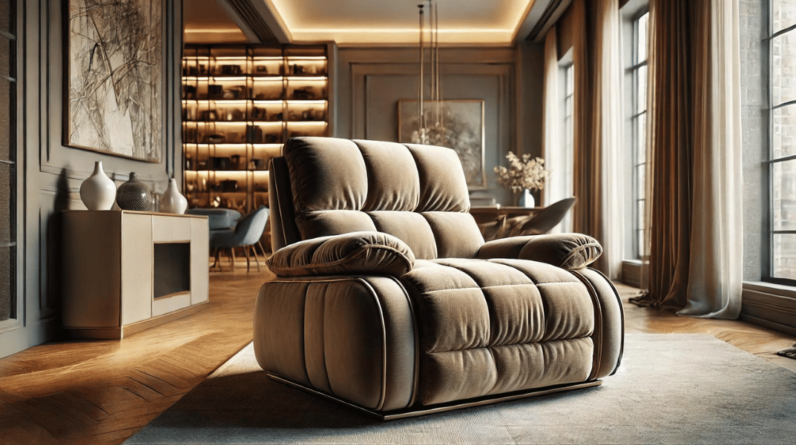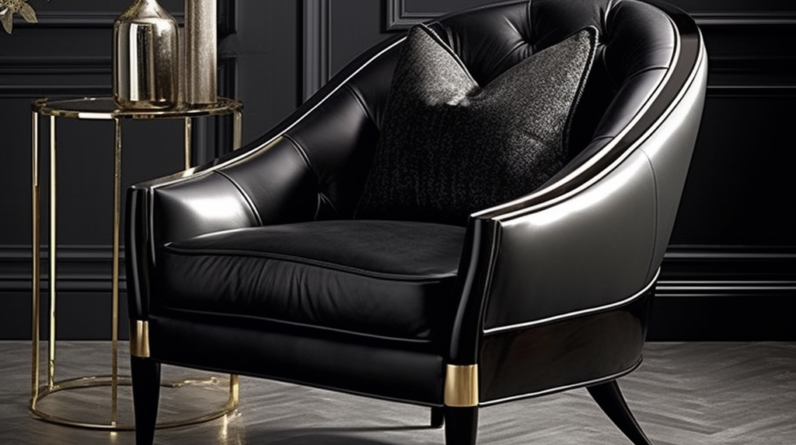
Sitting at your desk all day shouldn’t feel like a punishment, but for too many people, it’s a daily grind that leaves them stiff, sore, and dreading the next day’s marathon session. It’s time to stop enduring and start thriving with a chair that does more than just hold you up – it should have your back, literally! Whether you’re working from home or grinding away at the office, your chair is a vital part of your productivity and well-being. So let’s dig into what makes a chair your best ally in the battle for comfort and support during those long work hours.
Ergonomics isn’t just a fancy buzzword; it’s the difference between feeling great after a long workday or feeling like you’ve aged a decade. The first thing you need is adjustable seat height. Your feet should be flat on the ground, thighs parallel to the floor, with your knees forming a 90-degree angle. Anything less and you’re inviting lower back pain to the party. And no one wants that guest.
But don’t stop there – let’s talk lumbar support. The lower back often takes the brunt of poor seating, so you need a chair that cradles your lumbar spine like a supportive friend. Chairs with adjustable lumbar support let you fine-tune that fit, ensuring your back stays in a healthy curve all day.
Now, about those armrests. They should be more than decoration; they need to be adjustable too. When your shoulders are relaxed and your arms are comfortably supported, you avoid tension and strain that can turn into nagging pain. Get armrests that adjust both in height and width – your shoulders will thank you.
The Right Fit: Size Matters
Here’s a scenario: you get a chair that looks comfy, but when you sit down, something’s off. It’s either too deep, pushing your legs uncomfortably forward, or it’s too narrow, making you feel cramped. That’s why seat depth and width are critical. A proper seat depth leaves a couple of inches between the back of your knees and the edge of the chair – enough for circulation, but not so much that you’re perched awkwardly.
And while we’re at it, let’s not ignore breathable material. Ever found yourself peeling away from your chair after hours of sitting? That’s what happens when your seat doesn’t breathe. Mesh is a winner here – it’s durable, keeps you cool, and doesn’t trap sweat.
Comfort Meets Support: The Orthopedic Difference
Long hours mean your chair has to do more than look good; it needs to actively support your posture. Orthopedic support isn’t just a luxury – it’s a necessity if you want to avoid long-term damage. Chairs with contoured seats, lumbar padding, and adjustable headrests are designed to maintain your spine’s natural alignment.
Speaking of headrests, don’t underestimate them. They’re not just there for naps (though who could blame you?). A well-placed headrest reduces neck strain by supporting the cervical spine. And for those marathon desk sessions, having memory foam or high-density cushioning can be a game changer, offering just the right blend of firmness and comfort.
Built to Last: Quality Materials and Durability
Now, let’s talk about the chair’s bones – its frame and base. A chair with a sturdy frame made from steel or reinforced plastics is more than just durable; it’s safe. Flimsy bases can lead to tipping, wobbling, or, even worse, a complete collapse. Go for a five-point base if you want stability and smooth rolling.
Maintenance matters too. Chairs made from easy-to-clean materials or those with removable covers are lifesavers. Spills happen, but you shouldn’t have to live with them permanently staining your throne.
Style Isn’t Optional: Aesthetics That Inspire
Comfort doesn’t mean you have to compromise on style. Whether your workspace is sleek and modern or cozy and classic, your chair should match your vibe. With options in every color, fabric, and design imaginable, you don’t have to settle for boring.
And don’t forget about size and space requirements. No matter how good the chair is, if it cramps your workspace, it’s not a win. Measure your area, check your desk height, and pick something that doesn’t make your space feel cluttered.
Budget: Investing in Your Comfort
Sure, we all dream of owning that top-of-the-line Herman Miller, but what’s realistic? High-end options are loaded with advanced features and sleek design – ideal if you’re willing to splurge for the best of the best. On the flip side, mid-range alternatives can strike a balance between affordability and quality, offering decent ergonomics without draining your wallet.
If you’re on a budget, you still have options. Budget-friendly chairs often get the essentials right, even if they don’t come with all the bells and whistles. Prioritize what’s important – maybe you add a separate lumbar cushion or seat pad to enhance comfort over time.
Bonus Features Worth Considering
Ever thought about a chair with a built-in footrest or massage functions? These add-ons can transform your workday from a grind to a luxury experience. And for those who really like to customize, some chairs come with headrests that adjust just right for your height and posture.
Conclusion: Finding Your Perfect Seat
When you’re choosing a chair to spend your workday in, don’t settle. You deserve a seat that fits your body, supports your health, and looks great doing it. Whether you’re investing in a top-tier ergonomic masterpiece or finding a budget-friendly gem, prioritize comfort, quality, and what suits your style. Your productivity, posture, and peace of mind will thank you.








